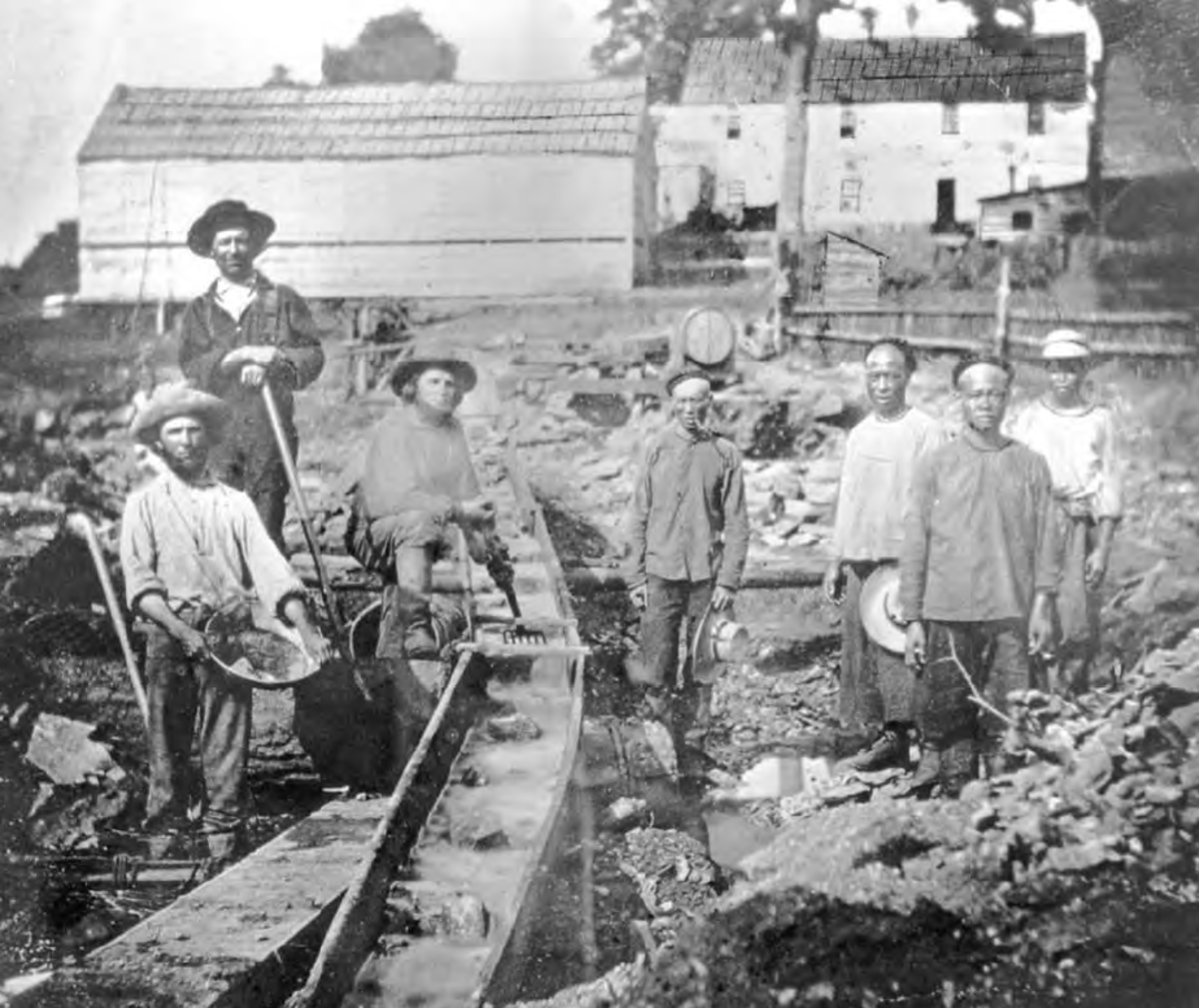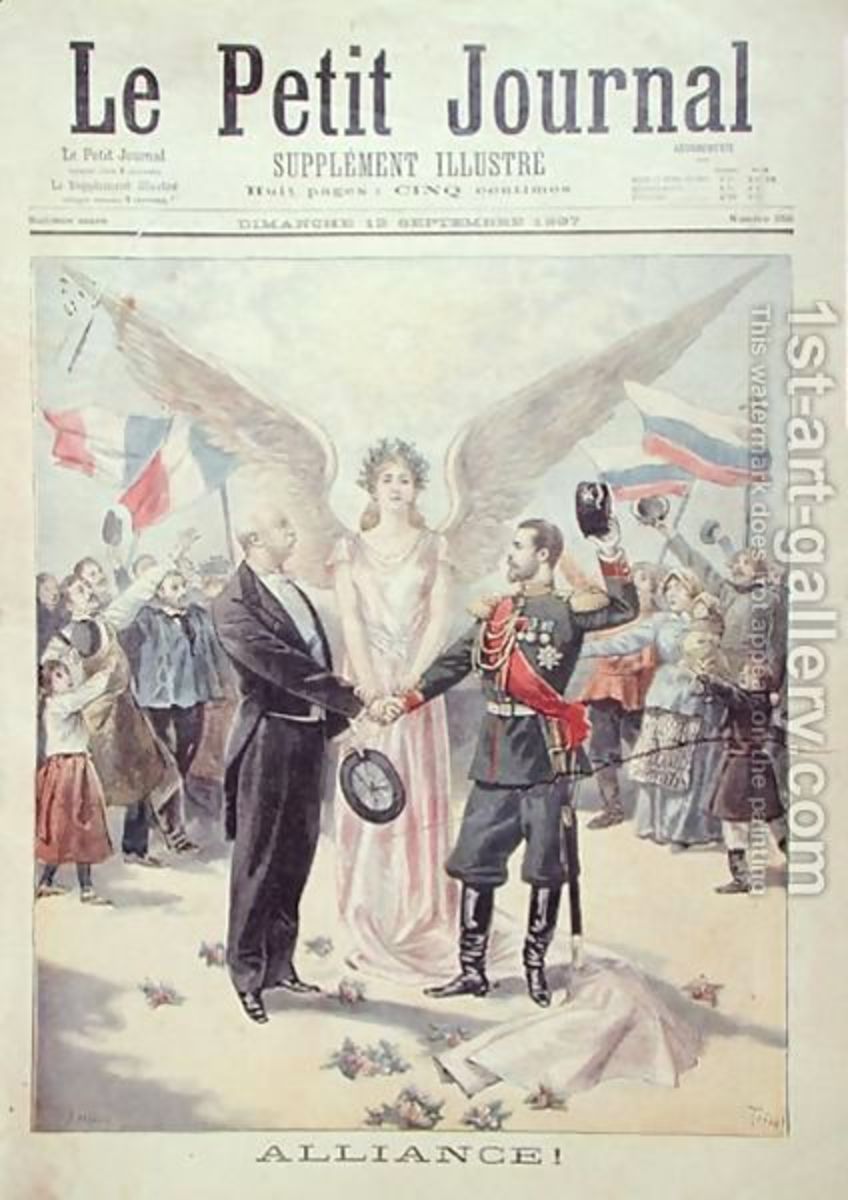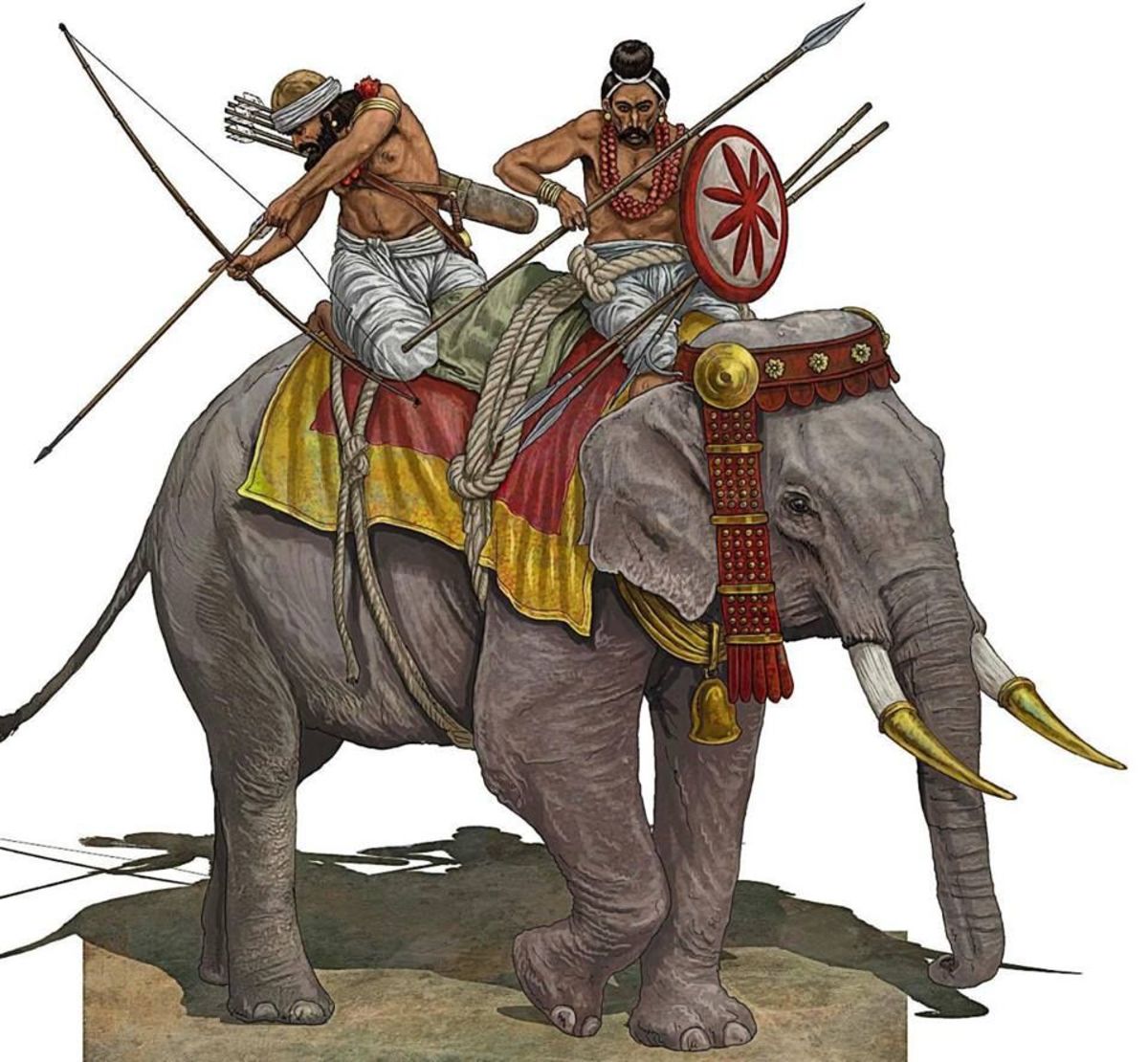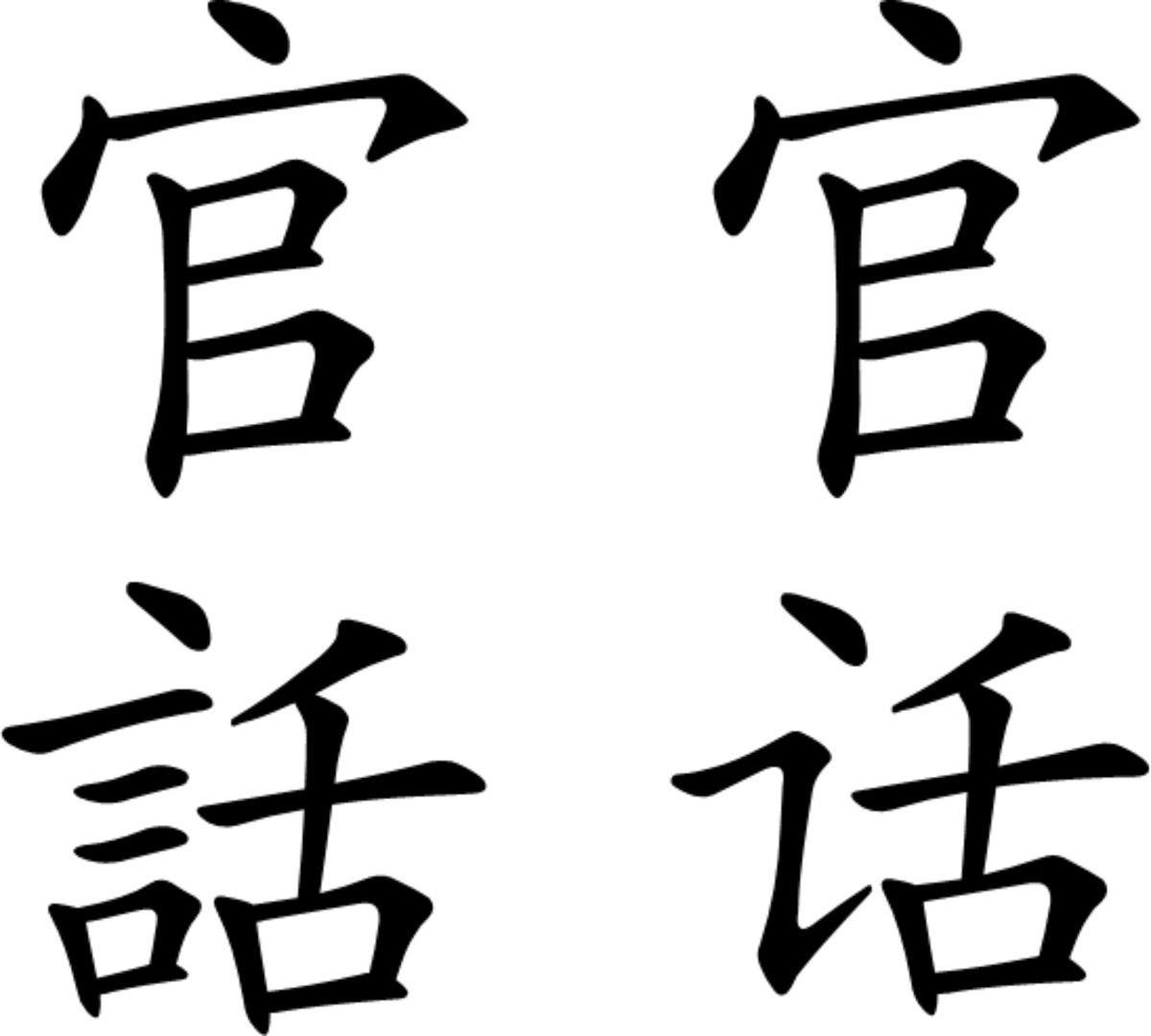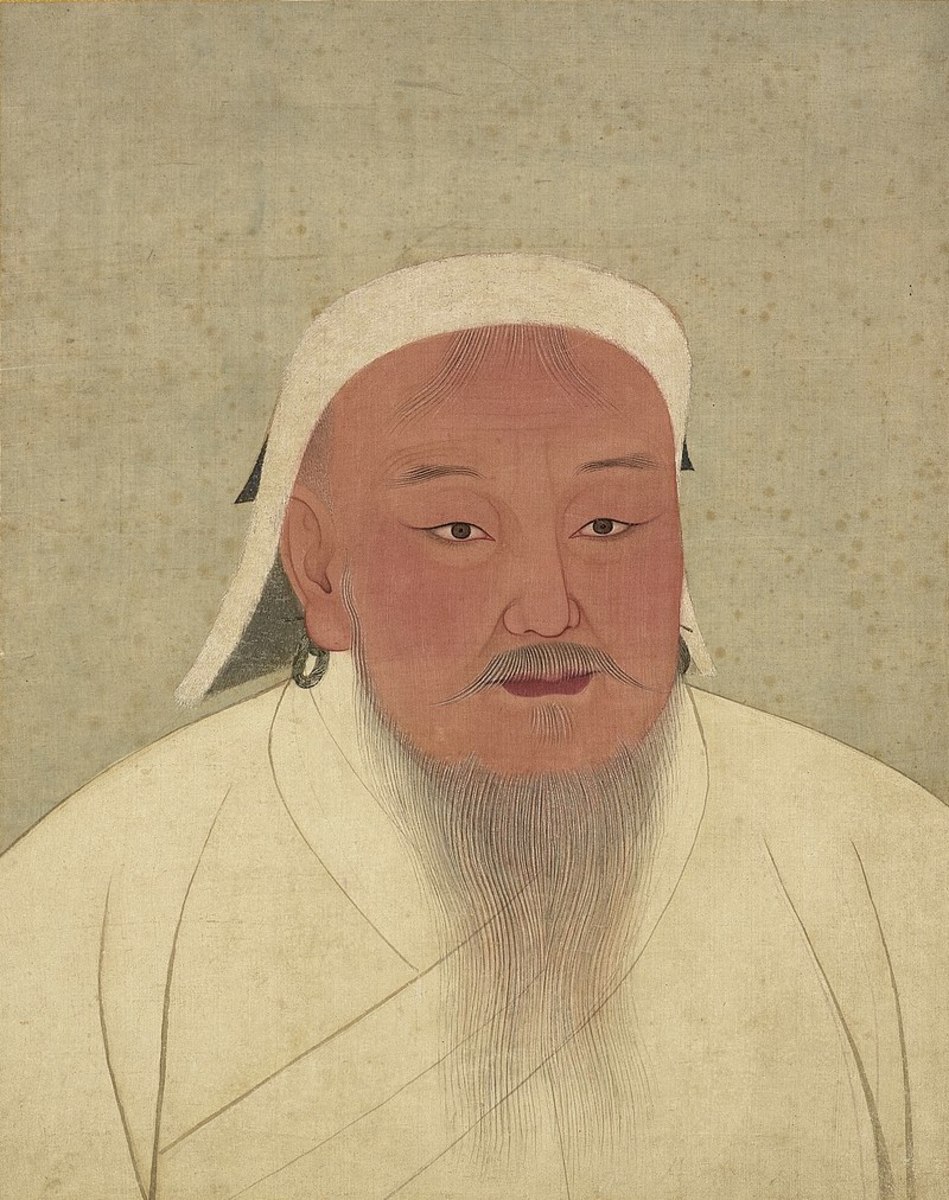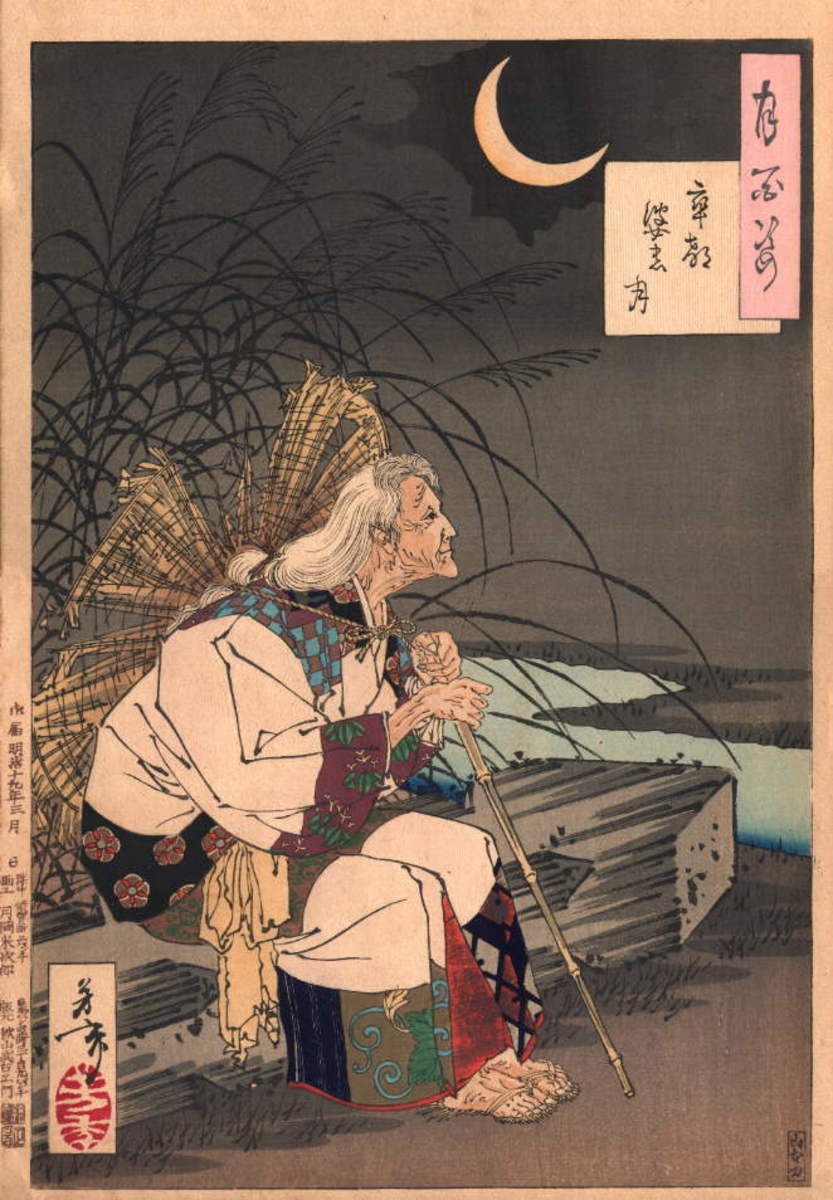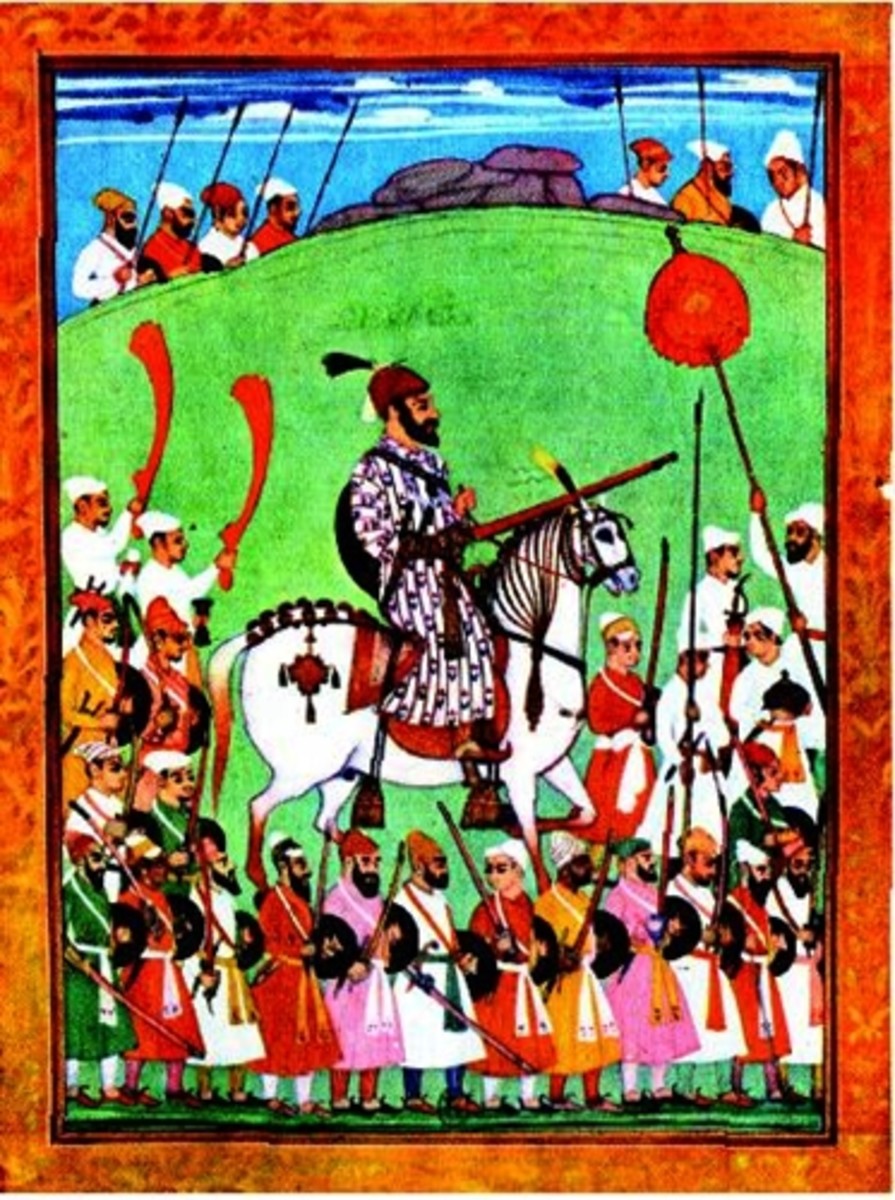Chinese and Indian Nationalism

India and China are nations - or perhaps, civilizations - that are characterized by strong and effective nationalisms, which have managed to unite the world’s two most populous nations, both of which have in excess of a billion people. But from whence did these nationalisms emerge? Are they foreign creations, or does this nationalism originate from their own countries? At first glance, this is not necessarily an easy charge to dismiss, for in both cases the nationalisms of the two countries have borrowed extensively from foreign ideas and ideology.
China
China has a long tradition of history of foreign rule and invasion. Both the Mongols and the Manchus stand as examples of foreigners who invaded China, taking China from traditional Han rule and replacing it - if perhaps in its unadulterated form, but briefly - with foreign rule. Perhaps more importantly to the present, China also underwent a phase of semi-colonialism in the 19th and 20th century, when an array of foreign powers - - most importantly European for the purposes of our study, although the vicious fighting by Japan certainly should not be ignored from a moral perspective - - invaded and brutalized China, something which has left a deep imprint on the Chinese state and nation. From this a question of Foucault can be raised; has the imprint of foreign influence created a “language” of foreign influence for China, colonizing it and leaving it within a network of dependence that it follows, replacing its own, indigenous “language” with this structure? I would argue no, that although China has been influenced by foreign thoughts, ideas, and systems, its own nationalism and modernity are its own, that it independently created and sustains, with strong precedents throughout its history.
If there is a foreign practice which could be said to have “colonized” China, then it would be Marxism and Communism in the second half of the 20th century. Although not “colonial” in the traditional sense, with the conquest of territory by foreign powers who rule over it, exploiting and dominating the nation in imperialism, Marxism/Communism undoubtedly is European in its conception. It includes a particular historical view, which led the Chinese to re-evaluate their own past (such as emphasizing the purported Xia dynasty as a slave society, and with attempting to find capitalistic features within the Qing dynasty, so as to fit the Marxist theory of modes of production). Furthermore, it led to a particular language used to describe affairs, a prescription for the economic organization of society, and a socio-cultural outlook markedly different than that of traditional Chinese society. In reference to all of this, it must be emphasized that it is not purely in reference to original Marxist works, but also to accumulated later additions to the ideology that were present when the Chinese revolution had occurred. If it was this alone, then China would seemingly be in a semi-colonial relation to its formal founding ideology, even if it may have itself willingly adopted and fought for its concepts.
But this is simply absurd to say. While China may have utilized European concepts and ideals, they never showed a hesitancy to alter them and to make them their own. Of course, the most famous example has been the changed economic organization of China, whereby they rejected central planning and developed their own economic organization, one that despite its capitalistic features does not simply copy a foreign model. But there are also ethnic and autonomous policies, where the Chinese, despite incorporating some aspects from their initial Soviet benefactors, diverged markedly from the USSR, the other great power example of Left Nationalism.
Although China had the USSR’s initial liberal stance regarding ethnic minorities (at least in the majority of cases, doubtless there are many exceptions where it engaged in oppressive and authoritarian policies), with the creation of special autonomous zones and regions with autonomy, it modified greatly from the Soviet practices by giving these regions real autonomy beyond just the cultural level. China established effective political institutions that went beyond the personal whims as exercised by Soviet leaders, enabling it to be able to determine what happenings were proceeding in minority regions and adjust accordingly to negative events. This was a major deficiency in the USSR’s system, where there was a lack of responsive government institutions, replacing it with personal power at the highest echelons.
This federal system de-facto exists across China in economic matters, and is certainly their own innovation as compared to other “socialist” (to call China “socialist” is of course a stretch today) states. The very nature of the Chinese revolution was different than preceding Communist revolutions, stemming from the countryside rather than from the cities, and the ideology that resulted - - Mao Zedong thought, or Maoism - - was highly divergent from the initial Soviet sponsors. None of this speaks to a China which was imprisoned by the foreign systems they had adopted, but instead one which utilized them, while truly still speaking their own language, maintaining a continuity with the past. Ultimately, it was one which they shrugged off, “modifying” it to an extent to make it unrecognizable. They are not, and have not been, prisoner of their ideology.
There is more to the Chinese nationalism than just the usage of Communism for a few decades and state-capitalism since reforms. Western state-sovereignty, and indeed the very concept of nationalism itself, are distinct from their Chinese counterparts, yet have been adopted and are utilized by China. China in fact, has sometimes been one of the primary backers of the strongest arguments behind state-sovereignty in the UN, at least when it serves their interests. A narrow reading would hold this at odds with traditional Chinese concept of state relations, which had held China as the center of the world, with concentric rings of client and tributary states surrounding it, while China would easily assimilate in foreigners into their state structure, showing the universality of Chinese culture and ideology. But as has been noted in readings, China’s relationships did not always fall neatly into this category. Conversely, it established non- tributary relations - before the European navies appeared - with Russia, the Jesuits, and even tiny Kokand. When China was invaded by foreign powers, its ideology could move from one touting Chinese universalism, to one that stressed the uniqueness of the nation. If these concepts are ones that are a result of foreign innovation, the history of China would have to be seen in a very different light. Rather than being foreign imports, these are models that have been incorporated into China for millennia, and currently serve Chinese interests.
Principle behind all of these points, is the argument that China, perhaps nearly alone in all of the world’s major nations (there may be small nations that escape my attention) is unique in its proto-nationalist structures built into pre-industrial Chinese society. Nationalism aims to make the nation and the culture coterminous with the state, with a people distinct in their culture, history, institutions, principles, etc., ruling “themselves” (the way that the “people’s will” is translated to practice of course, varies tremendously) in a system protecting their interests. While China has obvious historical exceptions to some of these principles, mainly with barbarian invasions who established a foreign leadership over China, the existence of the Chinese Mandarin class provides a clerical and priestly class who are coterminous with the Chinese state.
Few other vast societies can claim this during the last millennia; the Muslim world has not been united in a single state since the Umayyad caliphate, while Christianity cannot claim union - and even there, there were exceptions like Ethiopia or various uncivilized tribes - since the Roman Empire. Furthermore, the clerisy of the Mandarins was meritocratic, at least in theory, which diminished some of the horizontal barriers between the isolated communities and the unified ruling stratums. It is also a structure that has proved remarkably resilient, surviving a full assault by its own state during the Cultural Revolution. Thus in China, the co-extensiveness of the men of the ruling classes with the state provided a proto-nationalism that was absent elsewhere. True, this should not be overstated; a substantial emphasis is on the “proto” part, and China lacked, as mentioned, many of Benedict's Anderson’s preconditions for a full nationalism. But as Prasenjit Duara shows in his work on China and India’s histories, this proto-nationalism still enabled China to move beyond the isolated village model to a more connected and interworked nation that formed the predecessor of the true nation-state.
I would claim that the China of today has links to the distant past which play more of a role for their present nationalism rather than revolutionary heritage, or the turn to state capitalism a few decades ago. The great claim of China today, its justification for the possession of legitimacy and wisdom internationally (alongside realpolitik concerns of having a vast economy and population…), is not revolutionary or anti-imperial thought, but instead China’s claim to 5,000 years of civilization. Similarly, China’s administrative practices are no base copying of the Soviet model, being similar in intent, but modifying much of the government structure with the creation of effective political institutions and a genuinely economically federal arrangement.
Thus, although China’s nationalism doubtless includes foreign elements, and it doubtless was colonized to some extent - - perhaps not a formal colony, but nevertheless with semi-colonization under policies like the Open Door, spheres of influence, and foreign concessions - - it is a system that is its own agent, having utilized these foreign elements for its own development.
“Socialism with Chinese Characteristics” is ultimately perhaps a term that well describes the Chinese system. It may at times have used the rhetoric of Marx within its structure, and imported foreign ideas from abroad, but it is still indisputably Chinese in origin, practice, and ideology. Ultimately China is a case that represents a continuity with the past, and local innovation, not foreign domination.
India
India’s position, by contrast, is far more nuanced. Before the arrival of the British Empire, there did not exist a true “Indian” nation, encompassing the entire subcontinent and with an animating nationalist sense. Of course, empires have temporarily united much of India, but when states like the last one - - the Mughals - - tried to impose real direct rule, the entire affair came crashing down. India’s north is dominated by Indo-European language groups, while the south of India is composed of the Deccan languages of an entirely different family. Along with a dizzying variety of different ethnic groups, religion has a complex dispersion of Hindu and Islam, as well as various scattered tertiary religions. The arrival of the British Empire would result in both the formation of a modernized and nationalized Indian, leaving its imprint indelibly upon the continent and shaping nationalistic thought in its model. As with China, although India incorporates significant elements of foreign thought, language, and ideology into its structure, the resultant mix is still something that can be called as being “Indian”, and that although direct foreign influence may be larger, India still played thevrole in shaping itself.
India’s nationalism draws on many unique home factors that enable it to be a success. With nearly any other state in the world, to postulate a successful nationalism under the conditions that hold sway in the Indian subcontinent would be ridiculed. India’s vast collection of languages, ethnicities, and religions, geographic separation, and relative poverty during the modern age would cause most commentators hearing of such conditions without reference to the country being discussed to assume its failure. And yet, India has succeeded where states which would seemingly be far more promising for orthodox nationalisms have failed. Naturally, India does incorporate many elements from previous colonialism. English continues to be a major language, India’s nationalism is civic as in line with the British Empire, and India too is federal. Many of the Indian administrators from the Raj transferred to the independent India, and under theories such as that of Anderson and administration creolization, this forms a key reason for state consolidation. Such bureaucratic administration stretches back even further than the British Empire, to a line of bureaucrats who, if not as famous as their Chinese counterparts, still provided a basic structure for India that changed little regardless of regime, or whether they spoke Hindi or English. There are many continuities between India and previous colonial administration - - but, this does not in of itself mean that India did not develop its own nationalistic models. Evaluating these, we must look at their historical precedents in India.
India, unlike China, lacked many of the proto-nationalistic elements present in other civilizations. The caste system removed some of the meritocratic elements present in China (although it must be emphasized that the caste system was, so far as I know, less fixed and rigid before colonialism occurred - - the British utilizing very conservative models of the caste system and helping to cement it in place in a more rigid form), while India, although possessing a common historical heritage in the form of the Brahmins and Hindus, did not have a unified polity. Of course, this is not absolute, and there were some elements of “othering” present, and even among elites a certain awareness of a community around which mobilization against invaders could take place, but I remain unconvinced that these bonds had anywhere near the same strength as in China, where the proto-nation and the state remained one. India’s sense of history - - in the non-cosmological manner - - was also far less developed than China. At the center of India’s claims for world position, one will not find the slogan “5000 years of history.”
It can even be argued that India before the Westernization of its historical sense, was almost entirely lacking in a sense of history at all. Concentric rings of truth and natural nodes of power were also present naturally with the caste system. India’s language politics however, are hard to compare to elsewhere. Lingual nationalism has never really been present in India (with some movements concerning this not gaining much ground), and the struggle to change from the high to the vernacular languages as in Europe did not really exist, with administration commonly being conducted in the vernacular itself (although Persian and other court languages did exist as well).
As with China, this claim that the Indians copied foreign models of nationalism without their own alterations and developments, trapped and constrained by the former British model which ruled India, is also incorrect. The closest the Indians might have to it is inheriting elements of the legalistic mindset of the British, and a more westernized world view of history replacing a previous neglect or cosmological view of the subject. However, even in this vital aspect of the shift of historical understanding, the key principal record of Indian nationalism, that of its post- independence solidification (admittedly with the loss of Pakistan and Bangladesh), was that of Mahatma Gandhi. Principles like non-violence are ones which were not part of a foreign script which the Indians read even as they declared their independence - instead they were ideologies and principles which they came up with on their own. Pacifism and nonviolence certainly existed as principles, but Western iterations of these beliefs focused on legalistic, enlightenment principles of universal reason and were interested in the relations between states. Gandhi drew his ideology from Hindu cosmology, Jain teachings, Buddhism, and aiming for a state of personal non-violence. Hindu India had no specific heritage of such universal non-violence, but Gandhi mixed and matched from a host of different traditions present in India to create his non-violence ideology - and most notably, he did not take this from the rationalistic, secularized history, but rather from cosmology and religion. This would form a vital pillar of Indian nationalism; despite its occasional troubles, India has managed to right its course along a democratic model (with the brief exception of the Emergency), and tolerance and acceptance of its diverse population. Perhaps it is ironic that what forms part of the tripod of Indian nationalism of the legacy of Gandhi and other initial far-seeing leadership, the legal, civic nationalism (joining alongside traditional Indian precedents and developments by Gandhi), and historical tradition left behind by the British, and India’s long traditions of tolerance and lack of lingual nationalism, is not a development of rationality and modernity. That which keeps it firm and steady, Gandhi’s vision and influence, comes from the direct opposite of Anderson’s transition from cosmology to rationalized time, with the highly successful Indian nationalism instead utilizing cosmology to develop a critical element of its nationalism.
The record of Indian nationalism has not been entirely perfect in providing for the daily plebiscite of the people, and it has - - and still does - - faces threats that could potentially undermine the territories where it exists. The Punjab is probably the most well known and important of these examples, where interplay of events resulted in the creation of entirely new identities opposed to India. However, the Punjab is the exception that proves the rule. India has been successful in managing to create a civic based nationalism capable of uniting well in excess of a billion people, despite a great diversity of religion, ethnicity, and language. Few other nations could claim this success; a success that is primarily Indian, despite the integrated foreign components. India’s nationalism is its own, and if it may be messier than China’s development of its own nationalism, almost entirely by its own, that makes it no less effective and does not deny the agency that the Indians had in shaping their own system.
Conclusion
Neither India nor China are civilization-states that have developed in isolation. They have been influenced by foreign developments and foreign models, and they have adopted these either willingly or under duress. But while they may utilize foreign frameworks in their nationalism, in both of their cases the resultant nationalism is unambiguously their own, and unique in the world. Neither China or India fit the theory of dependency from former colonial masters, and both are the masters of their own destiny.
© 2017 Ryan Thomas

